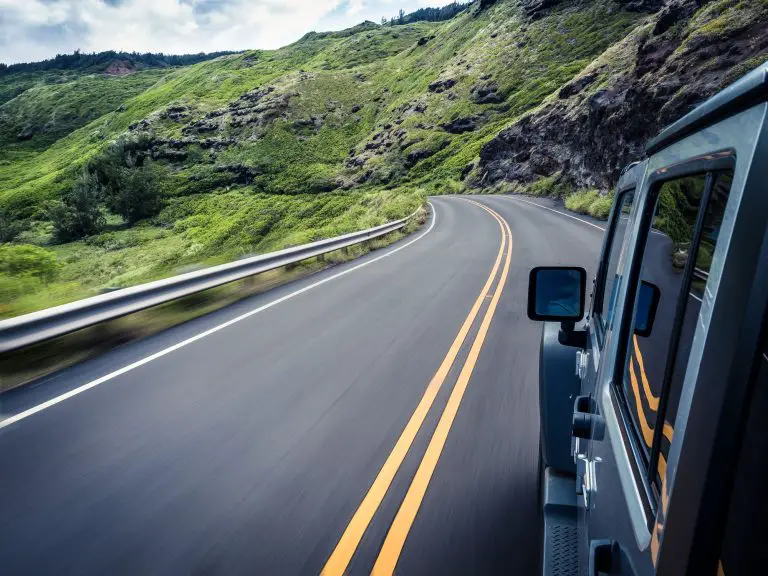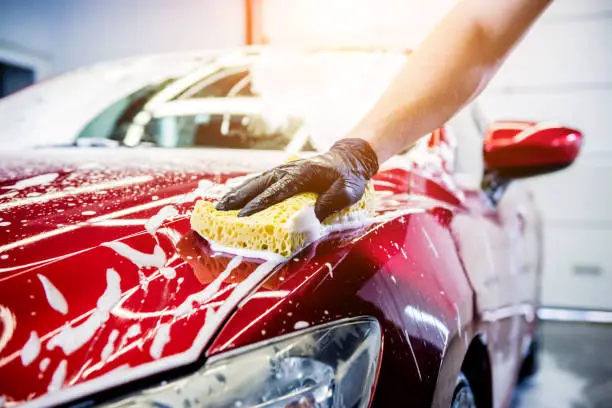Our lifestyle decisions, from eating to transportation, influence the climate. The climate is significantly impacted by the CO2 emissions from our everyday activities. Although there is a worldwide issue, you may contribute to the solution. To help you, we have created this page on the CO2 Emissions Calculator.
Based on data on energy usage, the CO2 Emissions Calculator can estimate CO2 emissions from common electrical appliances and vehicles. You may quickly learn how your lifestyle can affect the environment by marking the equipment you use and providing the necessary data.
Come along as we highlight more on the Co2 Emissions Calculator below.
What is the Co2 Emissions Calculator?
An online tool called the CO2 emissions Calculator may be used to compare the taillight emissions of conventional and electric vehicles. Additionally, it determines how much CO2 emissions would be reduced if someone switched from a normal vehicle to an EV.
The number of households is the basis for the final computation in this case. Additionally, it highlights humans’ influence on the ecosystem as a whole. To determine which goods often have more of an influence, try adding and subtracting the different components.
Even though the numbers and calculations are based on a Japanese context, they do assist in illustrating the kind of environmental effects that common appliances might have. Not every electrical equipment used in a typical Japanese home is covered, yet this study still shows causal links!
Co2 Emissions Calculator
How to Calculate CO2 Emissions in Cars?
CNG is a gaseous fuel held under pressure and made of natural gas. In light of this, the consumption might be stated in kg/100km or Nm3/100km. Under standard circumstances (1 atm and 0 C), Nm3 stands for a cubic meter. However, the most common unit of measure for natural gas vehicle consumption is kg/100km.
Today’s natural gas varieties may be loosely split into low-calorific and high-calorific gas (L- and H-gas). The CO2 emissions vary between the two groups and strongly depend on the gas’s nature and source. Therefore, the estimates below are just intended as a guide. Low calorific gas is often available at public CNG stations. You’ll see that H-gas have more CO2 emissions per kilogram than L-gas. But the energy content of H-gas is higher. To guarantee that the average CO2 emissions from CNG cars are irrespective of the gas type utilized, you will require fewer kg of gas per 100 km.
Low-calorific:
614 grams of pure carbon make up 61,4%, or 1 kilogram, of the weight of L-gas. This carbon must be burned to produce CO2, which requires 1638 grams of oxygen. Therefore, 614 + 1638 = 2252 g of CO2/kg of L-gas is the total.
High-calorific:
The amount of carbon in 1 kilogram of H-gas is 72,7% or 727 grams. This carbon must be burned to produce CO2, which requires 1939 grams of oxygen. The total comes to 2666 grams of CO2/kg of H-gas (727 + 1939).
The calculation for an average use of 4,2 kilograms per 100 km is 4,2 kg x 2666 g/kg = 112 g of CO2/km.
Why You Need to Know the Co2 Emissions
Numerous sources contribute to the atmospheric concentration of carbon dioxide (CO2). One example is burning fossil fuels like coal, oil, and natural gas. This also occurs with solid waste breakdown, deforestation, and chemical reactions during industrial operations.
Besides the industrial operations carried out by people, the “carbon cycle” refers to the regular emission of carbon dioxide into the environment.
When this cycle is perfectly balanced, the quantity of CO2 that nature absorbs is comparable to the amount naturally created, like when we breathe. CO2 sinks include soils, forests, and seas.
The dosage, though, “forms the poison.” In this scenario, industrialization has resulted in an exponential increase in the annual “dose” of carbon emissions discharged into the atmosphere.
You must thus be aware of CO2 emissions.
Some more reasons include the following:

Reducing the effects of climate change worldwide
Carbon emissions cause environmental damage. The consequences may be lessened by being aware of your CO2 emissions since the less GHG you generate, the less you contribute to global warming.
Improvement of Public Health
A significant problem is the deterioration of air quality brought on by carbon emissions. The U.S. government designated CO2, CH4, N2O, HFCs, PFCs, and sulfur hexafluoride (SF6) to be dangerous to the general health and welfare of the present and future generations in 2009.
What can you do to lessen these impacts, then? By Understanding CO2 Emissions. This reduces the frequency and intensity of severe weather events, enhances air and water quality, preserves biodiversity, and promotes a plentiful supply of wholesome foods.
Stimulating the World Economy
Although we cannot put a price on carbon emissions, it is anticipated that the cost will be considerable. According to research published in nature, every 1 trillion tons of CO2 results in a GDP loss of close to 0.5 percent. By 2030, the overall worldwide financial cost of implementing every conceivable mitigation strategy for climate change will range from 240 to 420 billion dollars annually. Even though the huge amount, it will make up only 1% of the predicted GDP in 2030. The advantages of mitigation would surpass the implementation expenses by a wide margin.
Another strategy to encourage the transition from carbon-based fuel to alternative energy sources is carbon fees.
Preserving Animal and Plant Diversity
One of the major risks to the long-term sustainability of the plant and animal species on the planet is climate change. Increasing competition and requiring relocating upsets the ecological balance between plant and animal species, even though these species have evolved to adapt to prior shifts. They can’t keep up with how quickly the current environment is changing. And if they are unable to adapt, they risk becoming extinct. Therefore, it will be crucial to be aware of CO2 emissions.
This can also be seen in the infographics below.
Frequently Asked Questions
How much CO2 is in a kWh?
4.01 trillion kWh of electricity was produced in the United States overall in 2021 by the electric power sector, which resulted in 1.55 billion metric tons of emissions. This amount of carbon dioxide is 1.71 billion short tons (CO2). The CO2 emissions from this were around 0.85 pounds per kWh.
How many trees does it take to offset a ton of CO2?
One tree can absorb around one ton of CO2 throughout its lifespan of 100 years.
How much CO2 does heating a house produce?
Natural gas used to heat homes in America typically emits roughly 6,400 pounds of CO2.
How much CO2 is produced per kWh of gas?
Per kWh, there are more than 0.85 pounds of CO2 emissions.
Expert Judgment
Since they contribute to climate change, carbon emissions are one of the “status quo” side effects that are most concerning globally.
Our seasons are getting less predictable, our water is becoming more limited, and our economy is growing more dangerous daily due to climate change. Wide-ranging climate change effects are becoming apparent, including heat waves, droughts, wildfires, sea level rise, powerful storms, and considerable biodiversity loss.
Until companies cut their carbon emissions, the hazards will increase. They may start by calculating their carbon emissions to create a plan for guaranteeing a secure working environment in the future. The Co2 Emissions Calculator will also be indispensable for you.












